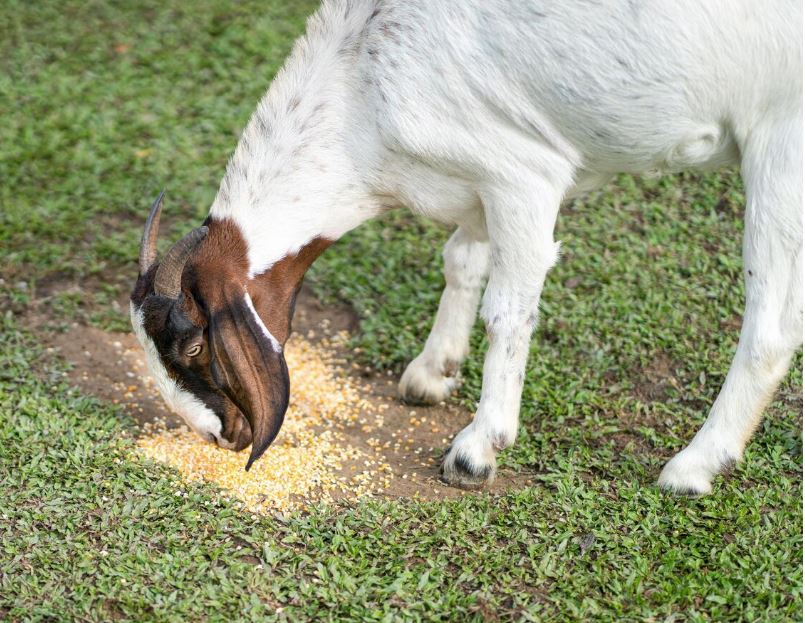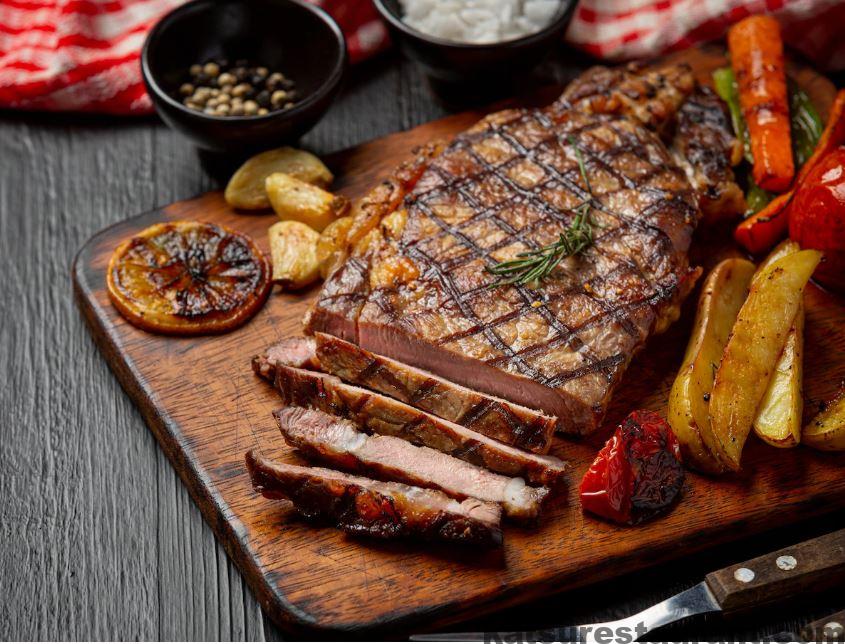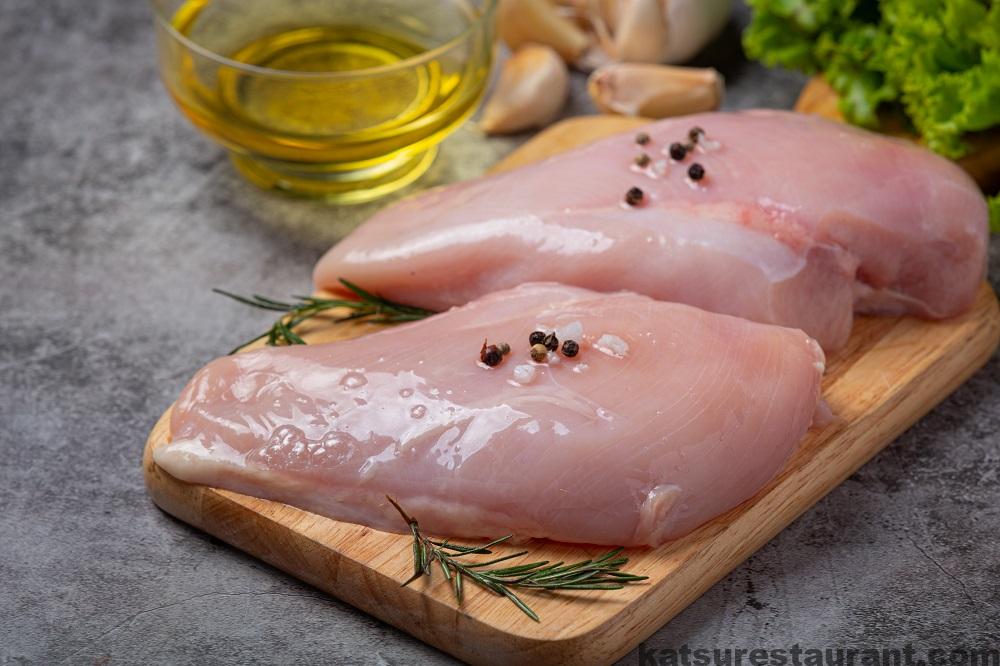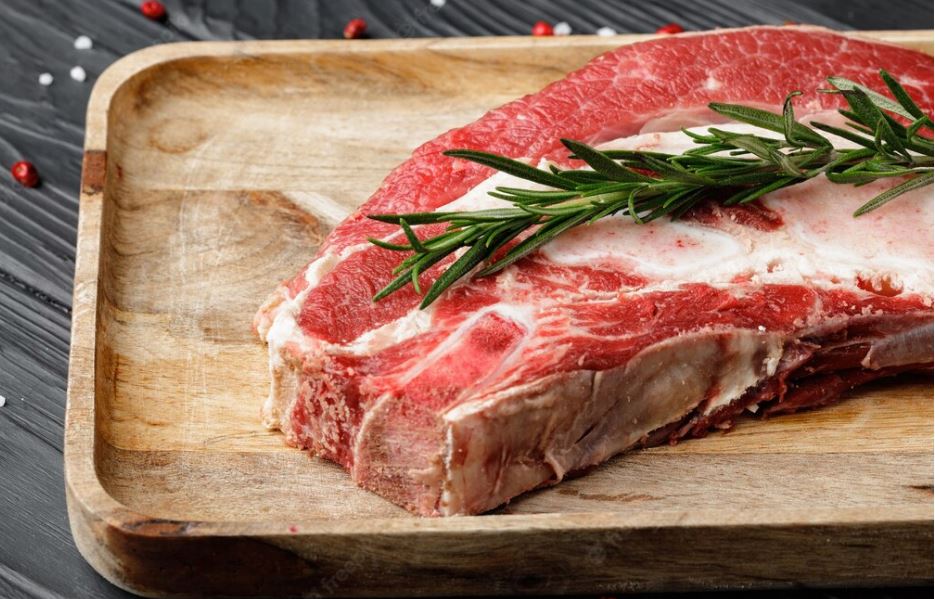Are you confused about the differences between pasture raised and grass fed beef? Many people are and it’s not surprising considering how confusing this topic can be. In this post, we’ll explore the key distinctions between these two production methods in order to provide consumers with an informed opinion on which choice is best for their dietary needs. From the impact of raising livestock outside in a paddock to examining nutritional content, let’s dive into the fascinating facts of pasture-raised vs grass-fed.

What is the difference between pasture raised and grass fed?
Pasture-raised livestock are animals that have access to fresh grazing land for most of their lives. This is typically done in a paddock, which is an enclosure or fenced area within the pasture that allows the farmers to control where and when the animals graze. It also ensures that they stay safe from predators while still getting plenty of exercise and fresh air. Grass-fed livestock, on the other hand, are only fed grass for most of their lives, meaning that they don’t get access to any other type of feed like grain or hay.
Which is better for you?
When it comes to nutrition, both grass-fed and pasture-raised beef have their own unique benefits. Grass-fed beef typically has a higher concentration of healthy omega-3 fatty acids than grain- or hay-fed animals, as well as a higher level of antioxidants. Meanwhile, pasture-raised livestock have access to fresh forage that can provide them with a wide variety of vitamins and minerals, including essential B vitamins. Both grass-fed and pasture-raised beef are also lower in fat than their grain- or hay-fed counterparts, making them healthier options overall. Ultimately, the best choice for you depends on your dietary needs and personal preference.
What are the benefits of pasture raised?
The main benefit of pasture-raised livestock is that they get to live in a natural environment which allows them to explore and graze on fresh forage. This provides them with plenty of exercise and fresh air, as well as additional vitamins and minerals from their diet. Additionally, because the animals are not confined to a feedlot, they have less contact with unhealthy substances and are less likely to be exposed to harmful chemicals. Finally, pasture-raised animals tend to experience fewer health problems due to the more natural lifestyle they lead.
What are the benefits of grass fed?
Grass-fed beef typically has a higher concentration of healthy omega-3 fatty acids than grain- or hay-fed animals, as well as a higher level of antioxidants. Additionally, grass-fed cattle have fewer cases of E. coli and salmonella because their diets are free from unhealthy additives and hormones that can be found in feedlot diets. Finally, grass-fed beef is lower in unhealthy saturated fat and calories than grain- or hay-fed animals, making it a healthier option overall.
How do you know if meat is pasture raised or grass fed?
The best way to know if the meat you are buying is pasture-raised or grass-fed is to look for labels that indicate that it meets certain standards. For instance, the Animal Welfare Approved label guarantees that the animals were raised according to strict animal welfare standards and have had access to fresh grazing land throughout their lives. Additionally, other labels like Certified Grassfed by AGW, or Animal Welfare Certified are also reliable indicators that the meat you’re buying is pasture-raised or grass-fed. Additionally, you can always ask your butcher or grocer for more details about where their animal sources of food come from. This can help you make an informed decision when it comes to what type of meat you purchase. In conclusion, to ensure that your meat is truly pasture-raised or grass-fed, it’s important to look for labels or ask your butcher for more information about their sources. This will guarantee that the animals you’re eating were raised in accordance with ethical standards and have access to fresh forage and a healthy diet.
What is the difference in taste?
The taste of grass-fed and pasture-raised beef can vary depending on what type of forage was available to the animals. Generally speaking, grass-fed beef tends to have a richer, earthier flavor than grain- or hay-fed animals, while pasture-raised beef will often be slightly sweeter in comparison. Additionally, grass-fed beef tends to be leaner and more tender than pasture-raised beef, which can often have a tougher texture. Ultimately, it is up to personal preference as to which type of beef you find tastier.
How do you cook pasture raised or grass fed meat?
Pasture-raised and grass-fed beef are both leaner than grain- or hay-fed animals, so it is important to be mindful of overcooking. When cooking pasture-raised or grass-fed meat, the best practice is to cook at a lower temperature for a longer period of time in order to keep it tender and juicy. Additionally, it is important to use a marinade or baste when cooking pasture-raised or grass-fed beef in order to add moisture and flavor. Lastly, be sure to let the meat rest after cooking in order to allow the juices to redistribute throughout the steak.

Where can you buy pasture raised or grass fed meat?
Pasture-raised and grass-fed meat can be found in a variety of places, including local farmers markets, specialty stores, and online vendors. Additionally, many supermarkets now carry pasture-raised or grass-fed beef as well. When buying directly from a farmer or rancher, it is important to ask them questions about how their animals are raised and where their feed comes from in order to ensure that the meat you are buying is truly pasture-raised or grass-fed.
In conclusion, both pasture-raised and grass-fed livestock have their own distinct benefits when it comes to nutrition and health. Ultimately, the best choice for you depends on your personal preferences and dietary needs. Knowing what to look for in labels or asking your butcher or grocer for more information can help you make an informed decision when it comes to buying pasture-raised or grass-fed meat. Additionally, with the proper cooking techniques, these healthier options of beef can be just as delicious as grain- or hay-fed animals.








